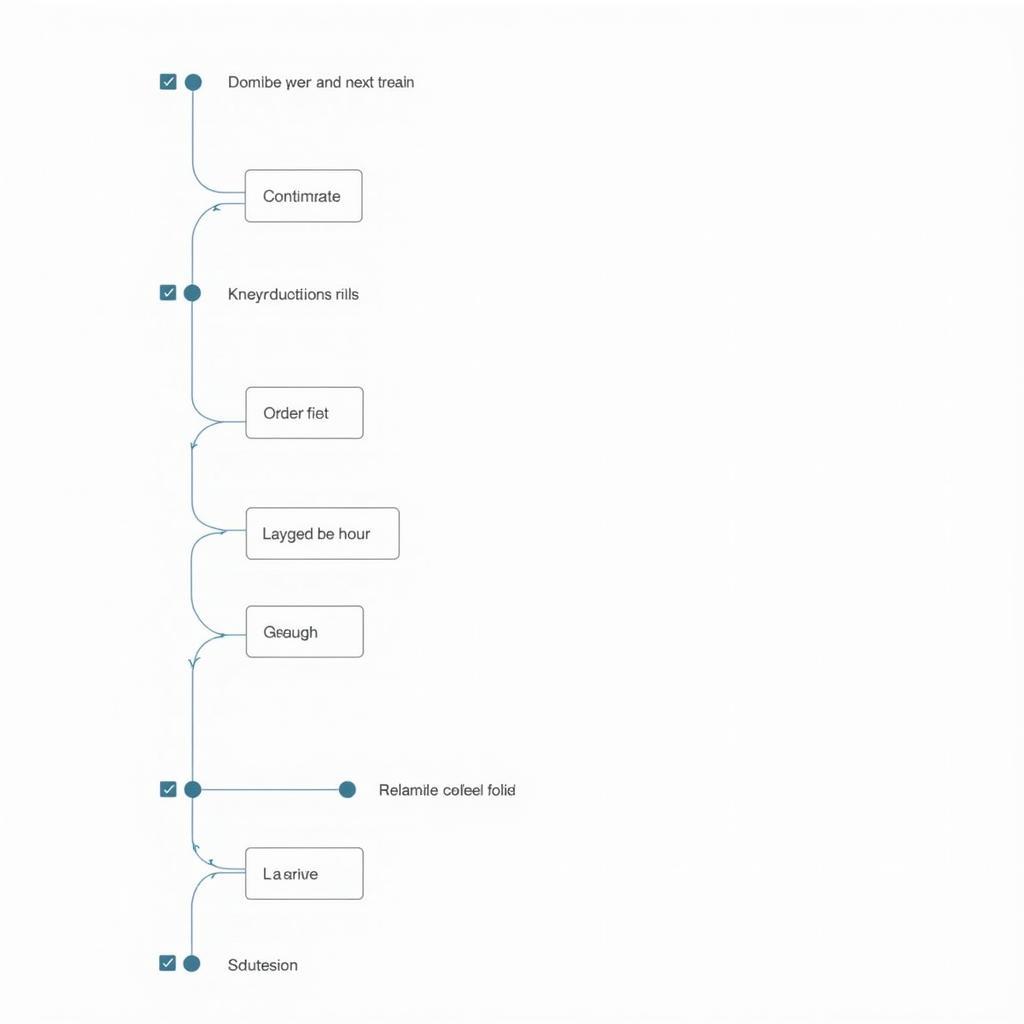When developing web forms for an ASEAN audience, it’s crucial to prioritize inclusivity and cultural sensitivity. This is especially important when dealing with sensitive input fields, where conditional logic can be strategically employed to create a user-friendly and respectful experience. This article delves into the best practices for implementing ASEAN-sensitive input fields using conditional logic in your forms.
Understanding the Significance of Cultural Sensitivity in Forms
ASEAN, a diverse region with a myriad of cultures, languages, and customs, requires a nuanced approach to web design. Forms, being crucial points of interaction, must be carefully crafted to avoid offending or excluding any user group.
For instance, asking for someone’s religion or marital status might be commonplace in some cultures, but considered intrusive in others. Misinterpreting such nuances can lead to user frustration, data inaccuracy, and potential brand damage.
The Role of Conditional Logic in Creating Sensitive Input Fields
Conditional logic enables forms to adapt based on user input. This dynamic functionality is instrumental in creating sensitive input fields that cater to ASEAN’s diverse demographics. By using conditional logic:
- You can make certain fields optional or mandatory based on previous answers. For example, if a user selects “Other” as their nationality, a conditional field can appear prompting them to specify further.
- You can tailor questions to be more relevant and respectful. This prevents users from encountering questions that do not apply to them, enhancing user experience and data accuracy.
- You can guide users towards relevant information. For instance, based on their location, users can be directed to country-specific guidelines or resources.
 Flowchart illustrating how conditional logic works in online forms
Flowchart illustrating how conditional logic works in online forms
Best Practices for ASEAN-Sensitive Input Fields
Implementing conditional logic effectively requires a user-centric approach. Here are some best practices to consider:
- Research and understand your target audience. Conduct thorough research on the cultural norms and sensitivities of your ASEAN audience.
- Use clear and concise language. Avoid using jargon or technical terms that might not be universally understood.
- Provide appropriate answer choices. Offer inclusive options for fields like gender, religion, and marital status. “Prefer not to say” is a valuable addition to sensitive fields.
- Test your forms rigorously. Before launch, conduct thorough testing with users from different ASEAN countries to gather feedback and identify potential issues.
Examples of ASEAN-Sensitive Input Fields
Let’s illustrate with a few examples:
Scenario 1: Dietary Preferences
A restaurant booking form can use conditional logic to inquire about dietary restrictions.
- If a user selects “Vegetarian,” the form can dynamically display a list of vegetarian options.
- If a user selects “Halal,” the form can assure them that the restaurant offers halal-certified dishes.
Scenario 2: Language Preference
An e-commerce platform can offer language options based on the user’s location.
- If a user is browsing from Thailand, the form can automatically display the Thai language option.
- This allows for a more personalized experience and caters to the linguistic diversity of the region.
Conclusion
Creating culturally sensitive web forms is not just good practice, it’s essential for engaging with ASEAN audiences effectively. By leveraging conditional logic, you can build forms that are both functional and respectful, fostering positive user experiences and strengthening your brand’s presence in the region.


